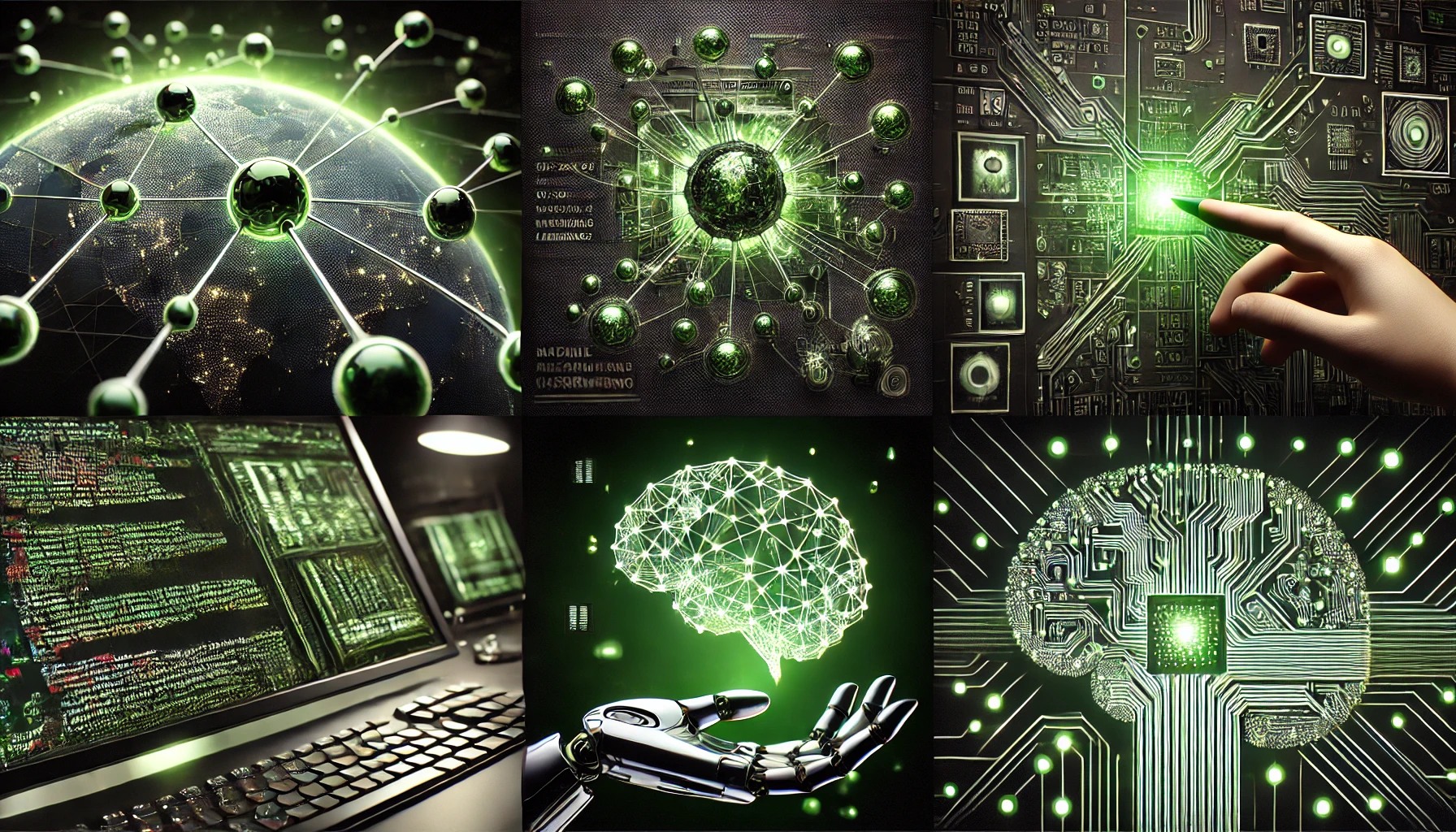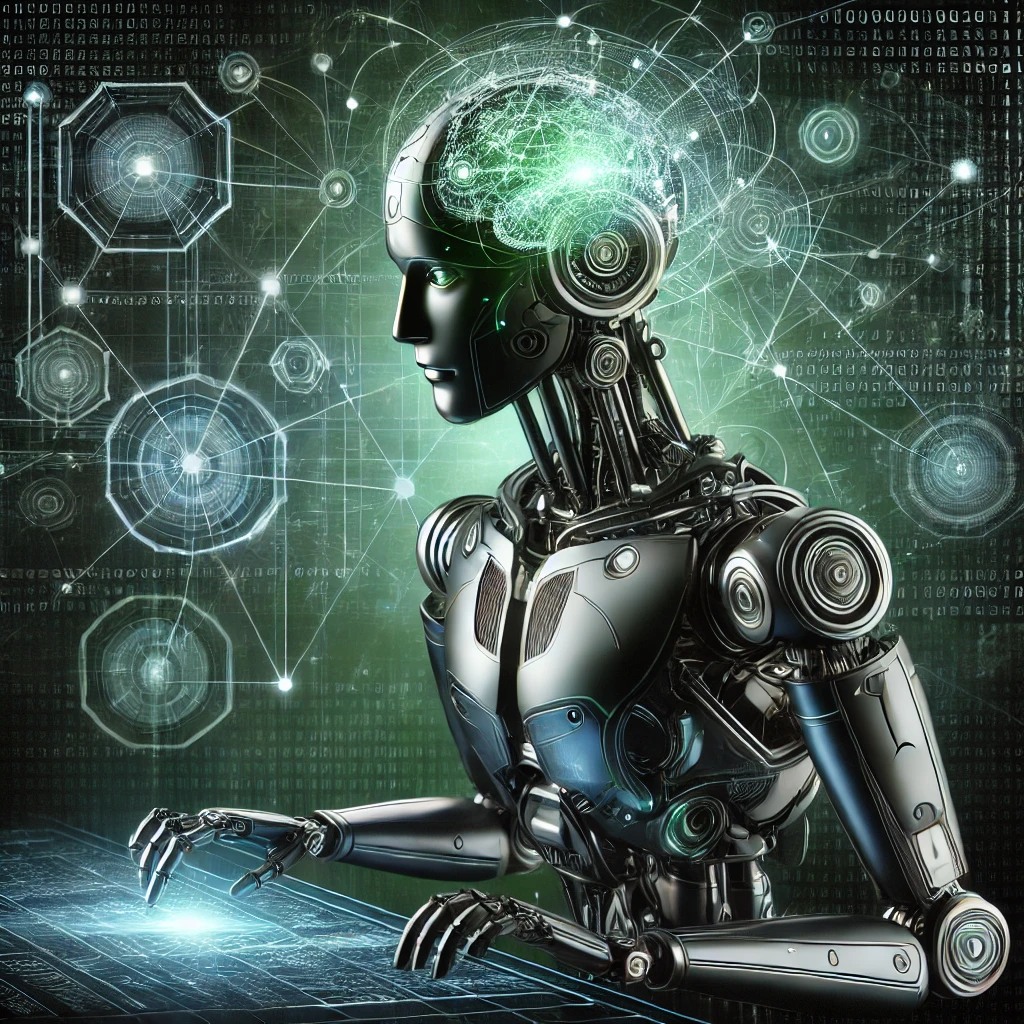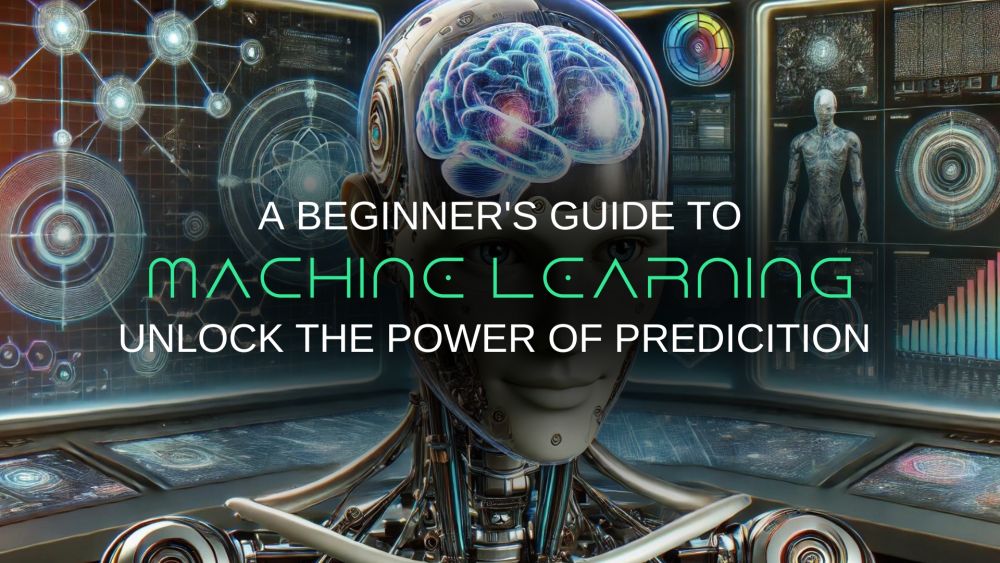A Beginner's Guide to Machine Learning : Unlock the Power of Prediction
What is Machine Learning?
Imagine teaching a computer to recognize a cat. Instead of giving it a strict checklist (like "must have pointy ears"), you show it thousands of cat pictures. The computer analyzes those images, finds patterns, and learns to tell the difference between a cat and, say, a dog. That, in a nutshell, is Machine Learning (ML) – giving computers the power to learn from data, without being explicitly programmed with rules.

Machine Learning Definition
Machine Learning is a type of Artificial Intelligence (AI) where computers learn and improve from experience (data) without being explicitly programmed for every scenario.
How Does Machine Learning Work?
Instead of relying on hard-coded rules, ML algorithms use data to create their own rules. They find patterns, make connections, and use these insights to make predictions or decisions. The more data they process, the better they get at their tasks.
The Three Main Types of Machine Learning
Think of these as different learning styles for computers:
- Supervised Learning: Learning with a Teacher
- Definition: The algorithm is given labeled data – meaning the input data is already tagged with the correct answers. Think of it like learning with flashcards.
- Example: Predicting house prices based on past data (features of houses and their selling prices).
- Unsupervised Learning: Learning by Discovery
- Definition: No labels here! The algorithm is given data and must find patterns and relationships on its own. Like a child sorting toys by color without being told what the colors are.
- Example: Grouping customers with similar buying habits to create targeted marketing campaigns.
- Reinforcement Learning: Learning by Trial and Error
- Definition: The algorithm interacts with an environment (like a game or simulation) and learns by receiving rewards for good actions and penalties for bad ones. Think of training a dog with treats.
- Example: Teaching a robot to navigate a warehouse by rewarding it for efficient routes.

Why is Machine Learning Important?
Machine Learning is changing how we do almost everything:
- Better, Faster Decisions: Analyze huge amounts of data to find trends humans might miss, leading to smarter choices in business, healthcare, and countless other fields.
- Task Automation: From chatbots answering customer questions to algorithms spotting financial fraud, ML streamlines tasks and frees up human time for more creative work.
- Personalized Experiences: Think movie recommendations on Netflix, curated news feeds on social media, or even personalized medicine based on your health data.
How to Get Started With Machine Learning?
So, you're intrigued by the power of Machine Learning? You dream of building intelligent systems that can analyze trends, predict outcomes, and even automate complex tasks? That's fantastic! You're on the cusp of a field that's changing everything. But before you conquer the world with AI, let's lay a strong foundation for success.
Your ML Onboarding Kit (No Jargon, We Promise)
Think of these as your essential pre-flight checks:
- Learn the Machine Learning Lingo: Get comfortable with the core concepts. We're talking about different learning styles for computers like supervised, unsupervised, and reinforcement learning—don't worry, they're not as intimidating as they sound!
- Data: The Heart of the Matter: Machine Learning algorithms are like chefs, and data is their ingredient list. Understand why the quality, quantity, and preparation of your data are crucial to cooking up effective ML models.
- Python: Your Coding Wingman: For most ML adventures, Python is the language of choice. It's known for its readability (even for coding newbies) and a whole library of tools specifically designed for AI.
Want to learn more? Check out our free course: The Evolution of Artificial Intelligence: A Journey from Theory to Practice





